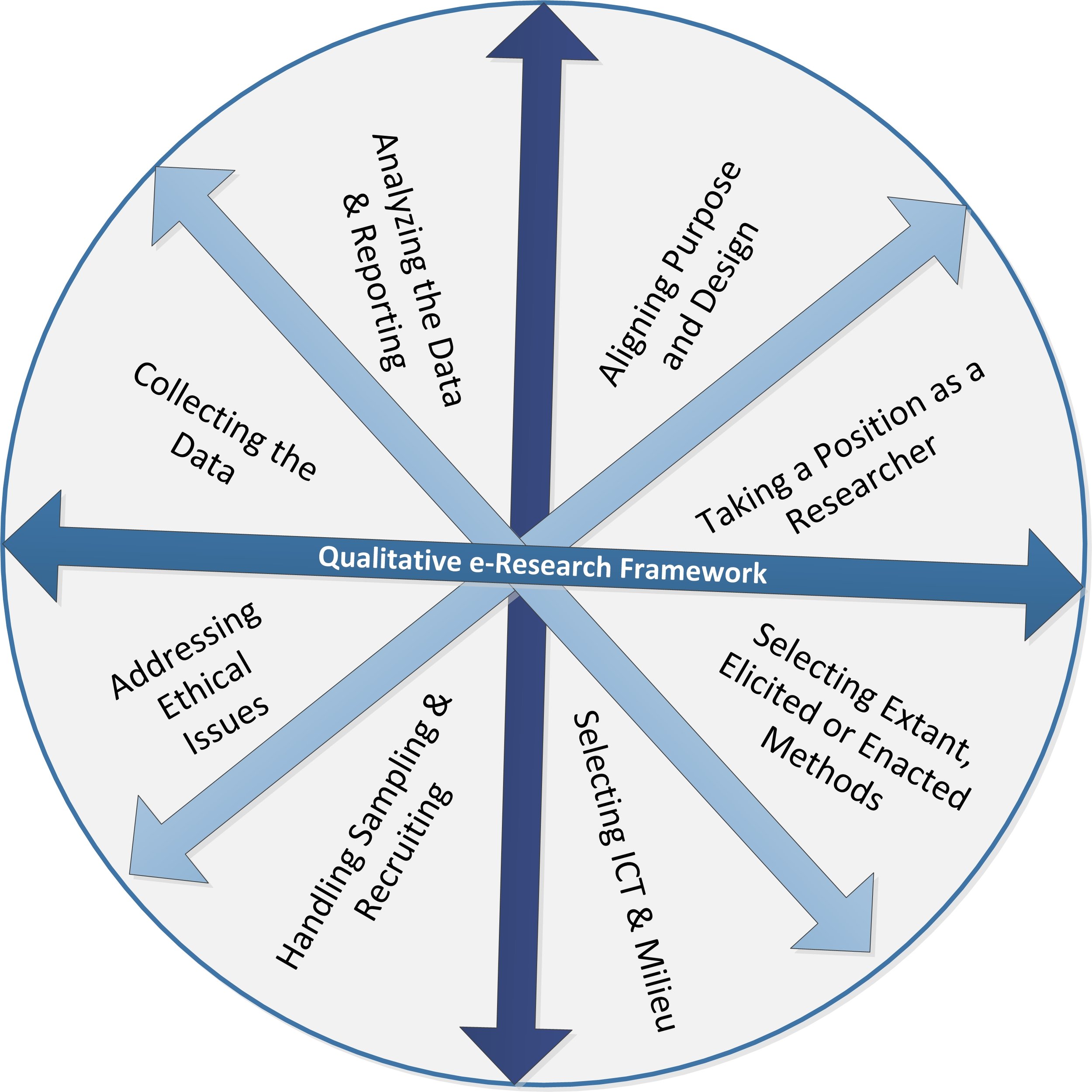Designing Survey Research
by Janet Salmons, PhD, Research Community Manager for SAGE Methodspace
Research design is the focus for the first quarter of 2023. Read the unfolding series of posts here.
Thinking about designing a study using surveys to collect data?
You may not have participated in an ethnographic or phenomenological study, but you have undoubtedly completed a research survey. Survey research is common in academic research, as well as in business, political, and other kinds of projects that aim to get a sense of the preferences or attitudes of a group of people. Surveys are primarily associated with quantitative research, but can also be used in qualitative inquiries.
As Andres (2012) points out, designing a study using survey methods is a complex process.
Designing a survey research project is not a linear process. Rather, it involves a mosaic of tasks and related decisions that are initially often very disparate but eventually come together to form a coherent approach to the survey research process. The survey researcher must truly be a jack- or jill-of-all-trades, as Stanley Payne (1951) pointed out long ago. Good survey design requires that the researcher possess the following: theoretical expertise; a good grasp of sampling theory; professional ethical and political astuteness; the ability to wordsmith compelling and clear questions; a fare for graphic design in terms of survey layout; technical expertise to construct an appealing study including, if appropriate, web-based surveys; shrewdness in crafting a sound budget and realistic schedule; and the skill to conduct statistical and/or qualitative analyses of the data and prepare documents for publication. Each facet in the mosaic of decisions must be carefully predetermined as a decision at one point in the process is likely to affect other decisions.
Survey research is multifaceted and versatile in that differing degrees of breadth and depth of a research topic can be explored, depending on the approach or combination of approaches taken (e.g., mail-out surveys versus face-to-face interviews, or both) and the degree of structure associated with each approach (e.g., closed-ended versus open-ended questions). However, survey research is usually limited to questions of description, behaviour, attitudes, and opinions and is intended to generalize or be transferred in some way beyond the original sample. (p. 15)
This post includes interviews with authors of two recent SAGE books about different aspects of survey research. In subsequent posts you will find open-access articles and resources about designing survey research, including online surveys.
Andres, L. (2012). Mapping out the survey research process. SAGE Publications, Ltd, https://dx.doi.org/10.4135/9781526402202
Learn from SAGE Authors!
Survey Research and Sampling: In this interview Dr. Jan Eichhorn discusses practical considerations for researchers who want to use survey methods. His new book, Survey Research and Sampling, covers survey research from start to finish.
Respondent Centred Surveys: In this interview Laura Wilson and Emma Dickinson discuss the importance of engaging respondents in the design stage. To learn more, check out their new book, Respondent Centred Surveys: Stop, Listen and then Design.
Use the code MSPACEQ123 for a 20% discount on SAGE research books, valid until March 31, 2023.
















Find suggestions for navigating the problem formulation stage that precedes research design in social science research.